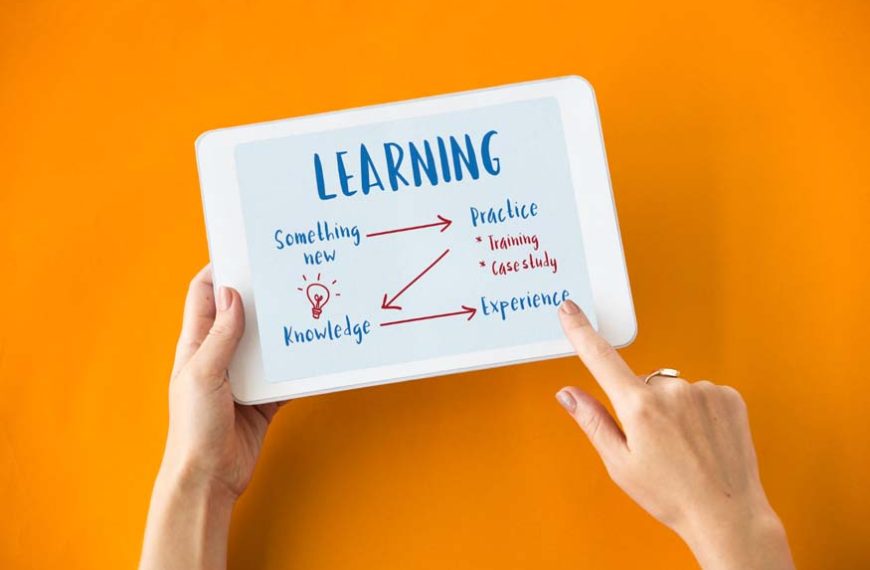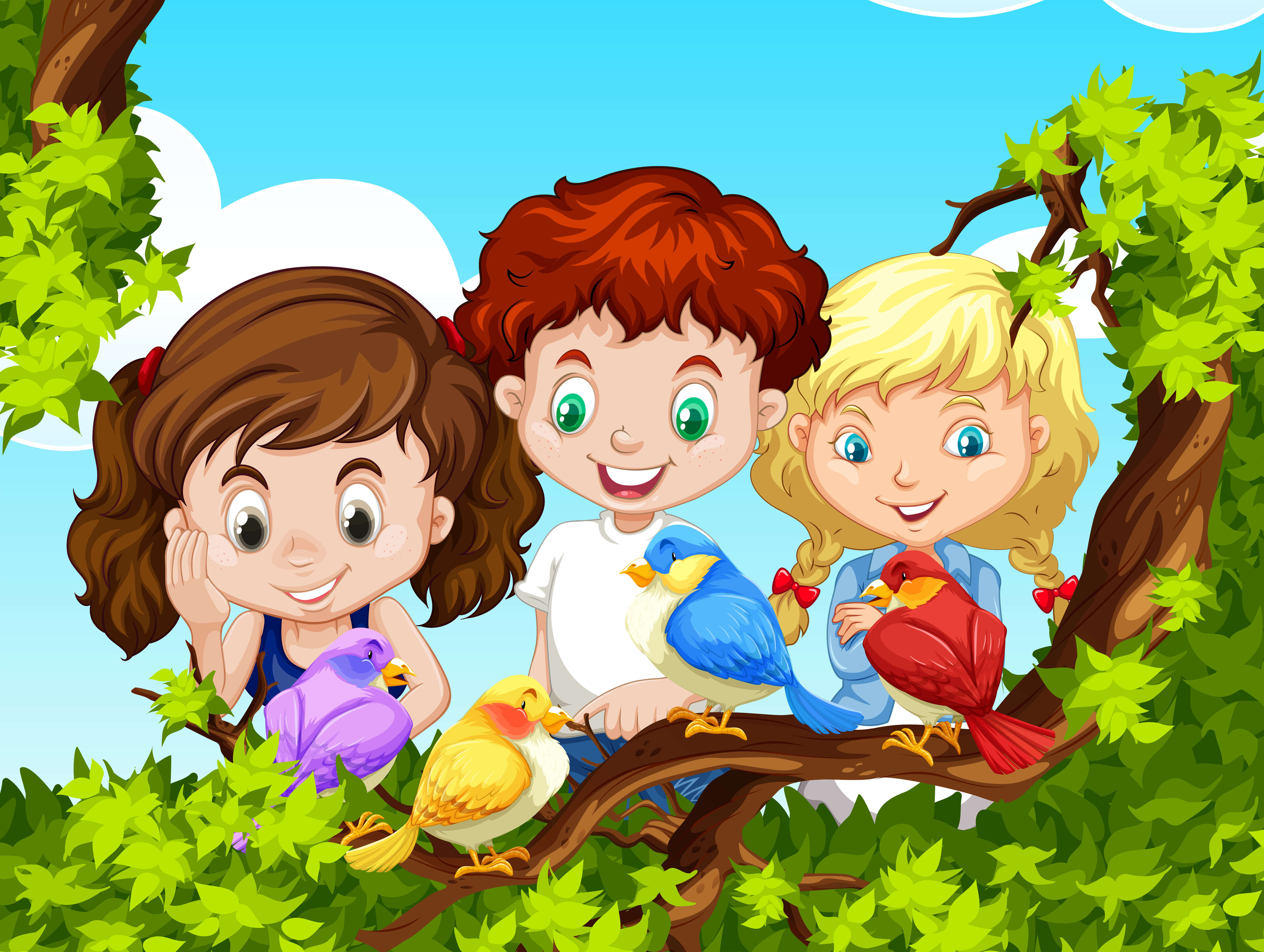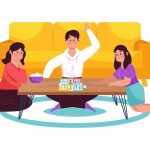Millennial parents, remember your school days? Back when you were in kindergarten, swaying back and forth, repeating A for Apple again and again and again till it got drilled into your head? What a fun time, right! When education was just about repeating things. And the ones who remembered the most accurately scored the best marks in the classroom!
Though the educational scenario has come a long way since, rote learning is something that is still practised in several schools. And yes, it has advantages. But do they outweigh its disadvantages? Is rote learning even worth it anymore? What about the rote learning vs. conceptual learning debate? Who wins? Let’s find all of that out!
What is rote learning?
Not that it needs a definition. You probably already know what is rote learning pretty well having indulged in this age-old method as a kid. But we had to define it, rote learning would be repeating information again and again till you memorise it, so much so that it is ingrained in your brain. Probably forever. If not, for a really, really, really long time to come. It is one of the commonest learning techniques applied in schools, so the more you know, eh?
Role of rote learning in education
Was that a bit of a tongue-twister? That aside, the role of rote learning in education cannot be denied. It has been one of the oldest ways to learn several things. Especially in the early years of education. Like the alphabets, for example. Or nursery rhymes, which have been basically built on the foundation of repetition so kids will latch onto the tunes and the words and memorise and understand the moral or the story within them.
In fact, rote learning can be very good for kids who find it difficult to study overall. Through repetition, they can memorise certain facts and rules, which can help them score better on simple MCQ (multiple choice question) tests.
Besides that, rote learning also instil confidence in the learner as they can be sure these facts exist and irrefutably correct if they memorise them right. It makes them sure of the information they learn. A great way for kids to memorise say months, or days, or the planets in our galaxy. Basic information. Think of it as making sense of something through memorising it. It works for a lot of kids. After all, practice makes perfect right? That is the mantra of rote learning.
But it has its disadvantages too
Yes, rote learning is the easy way out. In fact, it is a great way to disseminate primary information among kids. But it can be so tedious! It does not engage a child’s critical thinking or imagination in anyway, which can make it really boring.
And since it can get boring, that means kids can easily lose focus while practising rote learning. The mind wanders when it is bored, which means the information rote learning is supposed to help you memorise might not be ingrained into your brain at all.
What’s more, with rote learning, understanding the basics of a concept is out the window. Since it is only about repetition, the foundation of such acquired learning is weak. It is not based on fully grasping a concept or an idea.
Lastly, rote learning is an individual process and does not let kids engage in social learning, which happens when kids try to decode a subject matter together. Like say in group projects, which can be way more enriching.
Rote learning examples and types you need to know about
Rote learning comes in several shapes and sizes. Okay, not literally but you have a fair idea of what we mean right. There are certain examples of it, which you might not have thought of as rote learning but it is.
- Spelling drills
- Multiplication tables
- Facts
- Pre-exam cramming
- Learning a language
Yep, repeating the spelling of onomatopoeia twenty times till you get it right is an example of rote learning.
We have all done this at some point or the other – just sat with our maths book open, memorising the tables laid down in front of us. This is a classic rote learning example we are sure most of you know pretty well about.
Whether it is general knowledge facts (from the first prime minister to the national bird) or history dates, names and wars, memorising facts is absolutely a form of rote learning. Repeating facts is how you are supposed to know what the capital of Japan is. Or what a group of sheep is called. Rote learning is the fastest and most effective way to learn facts.
Another thing we have all done for sure is cramming in extra data in our heads right before an examination by repeatedly reading the information in our books. Using flashcards to memorise stuff for an upcoming exam is also a part of this.
Whether it is words of a language or their grammar rules, if you cannot understand it, you are probably rote learning it.
We should probably mention here that rote learning can be both written as well as spoken.
Rote learning vs. Conceptual learning: Who Wins?
If you think about it, rote learning is not much different than a habit. You repeat habits. You repeat when you learn something by rote. That is the gist of it all. Sure it helps you remember basic information for a long time, but it doesn’t challenge you. It does not engage the critical, analytical and imaginative parts of your brain. Which means academic success via rote learning is short-term and only restricted to grasping facts.
However, when it comes to conceptual learning, your mind gets activated. Because it is a thoughtful process. It needs your child to take that deep dive into a subject and truly understand it. Comprehend its fundamentals, know about its ideas so the learning acquired is deep, unshakeable. That is key to achieving long-term success, scholastically speaking. Because when you are absolutely clear about the what, when, where and how of a topic, you can honestly never forget it.
Competitive learning also trumps over rote learning when it comes to complex subjects, which require your child to use their analytical skills. Like mathematics for example. Sure rote learning is great for tables and basic concepts such as addition, subtraction etc., but beyond a point, it does not help. Memorising theorems or algebraic equations is not helpful. That does not guarantee a good score on any level. Understanding does.
That said, you cannot really pick a clear-cut winner in the rote learning vs. conceptual learning argument because both are needed. Both of them have a role to play in education and it is the responsibility of the school to strike a balance between the two. So kids can have access to different learning techniques through different stages of their education, thus emerging as well-rounded students who have what it takes to succeed academically.
Who knew learning about rote learning could be so interesting, right? Just like most other things, there are two sides to the rote learning coin and it boils down to how your child’s educational institution uses different learning techniques to ensure their students get access to the best education. Like we do at EuroKids! Our preschool employs different learning techniques that are engaging, interactive and useful in helping your child form a strong












